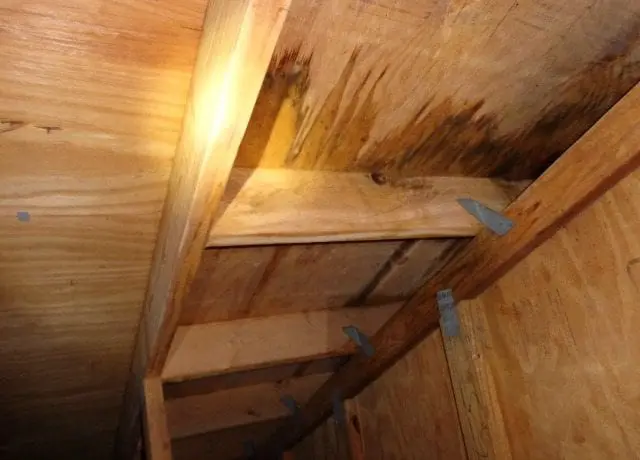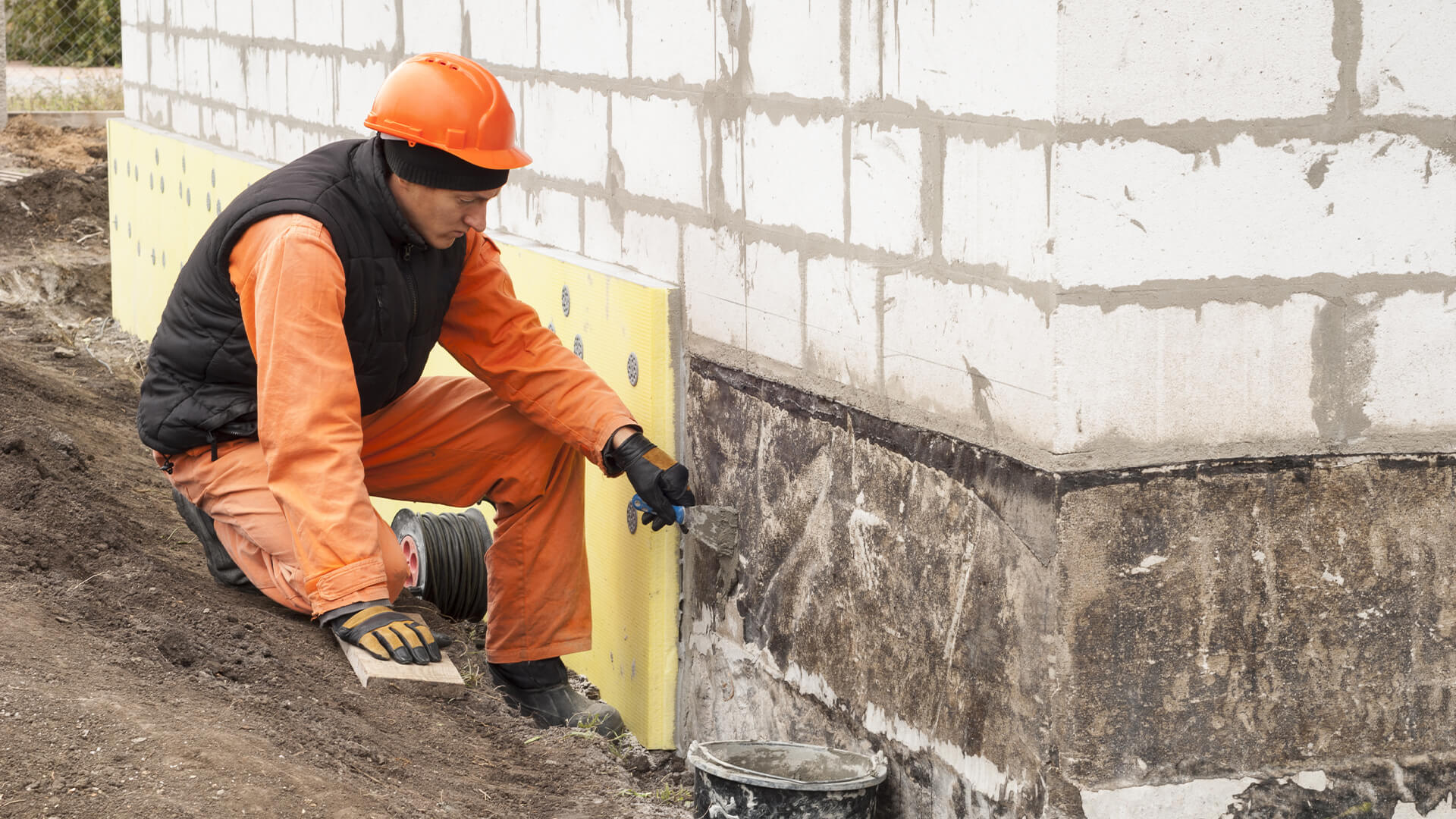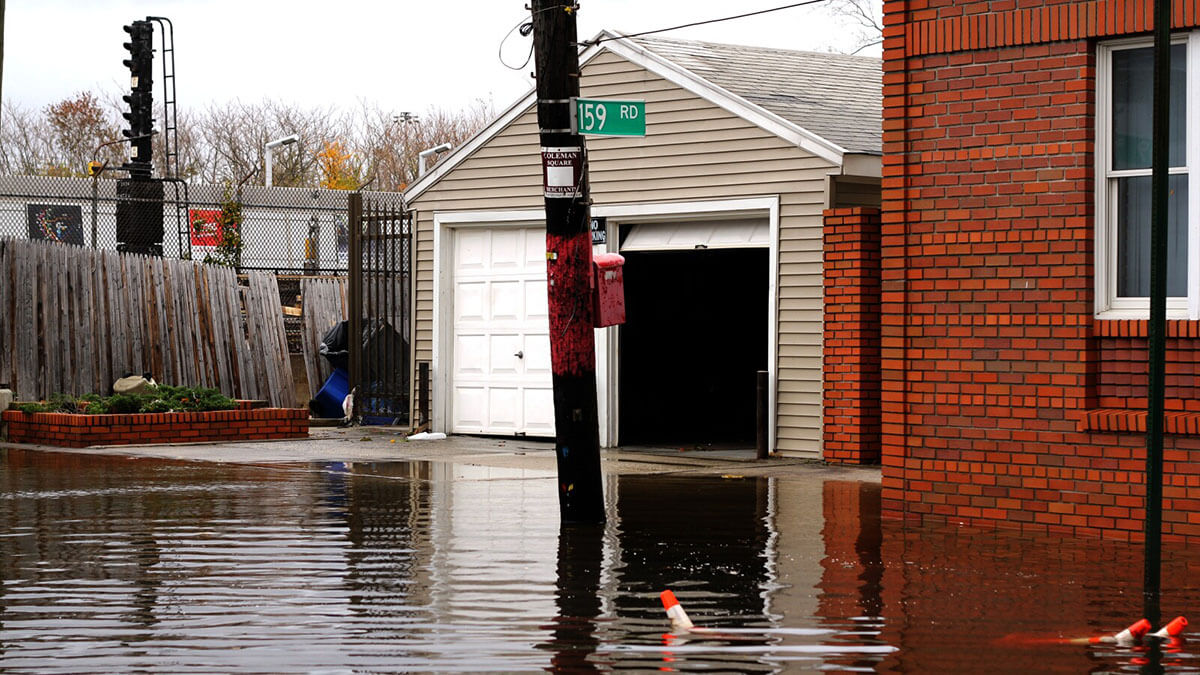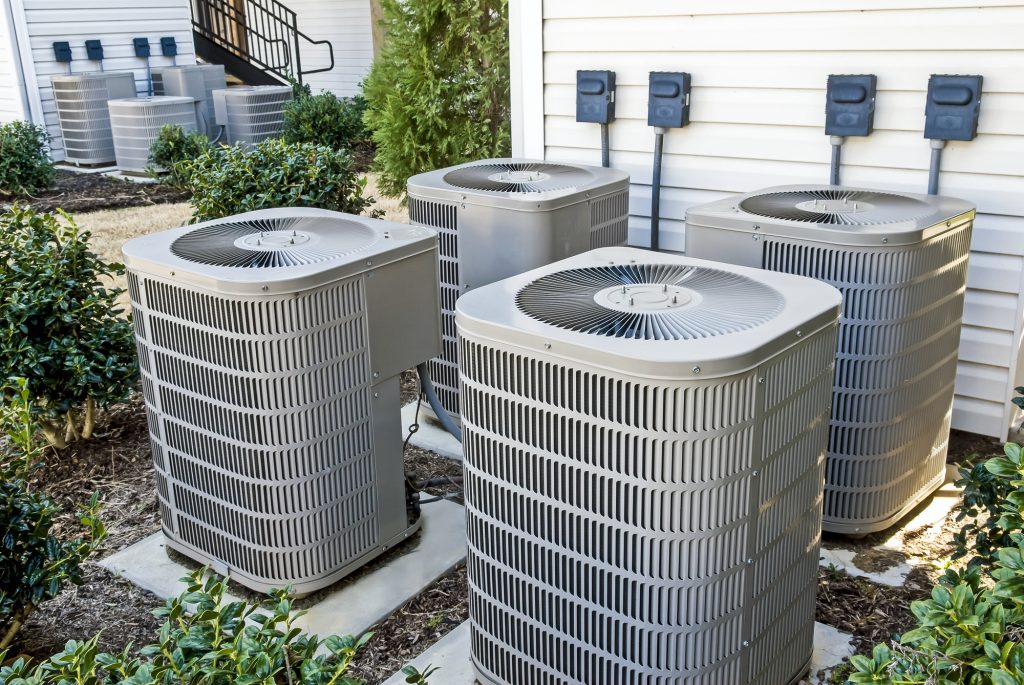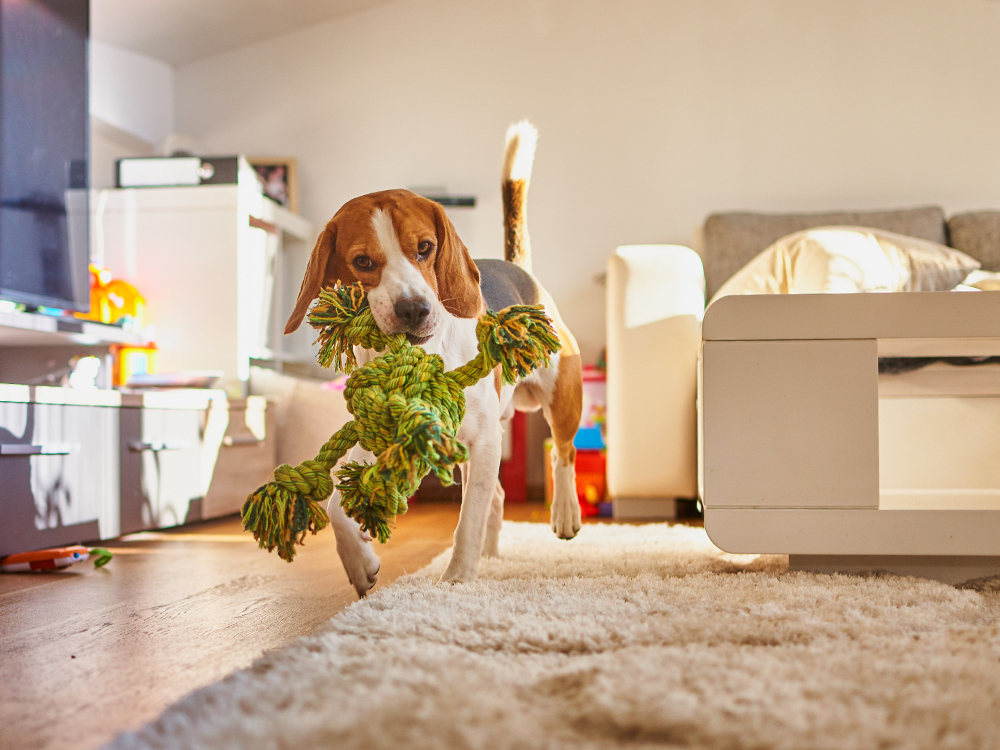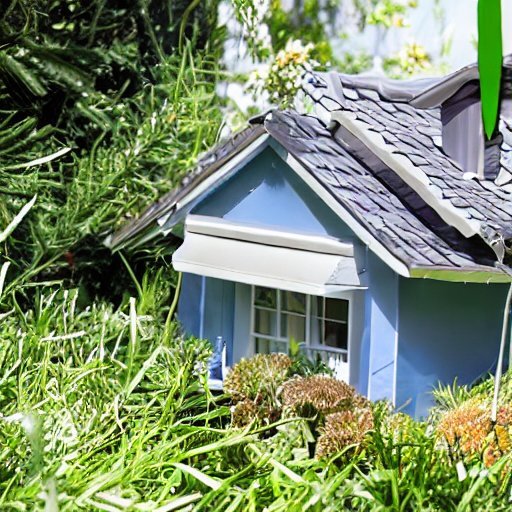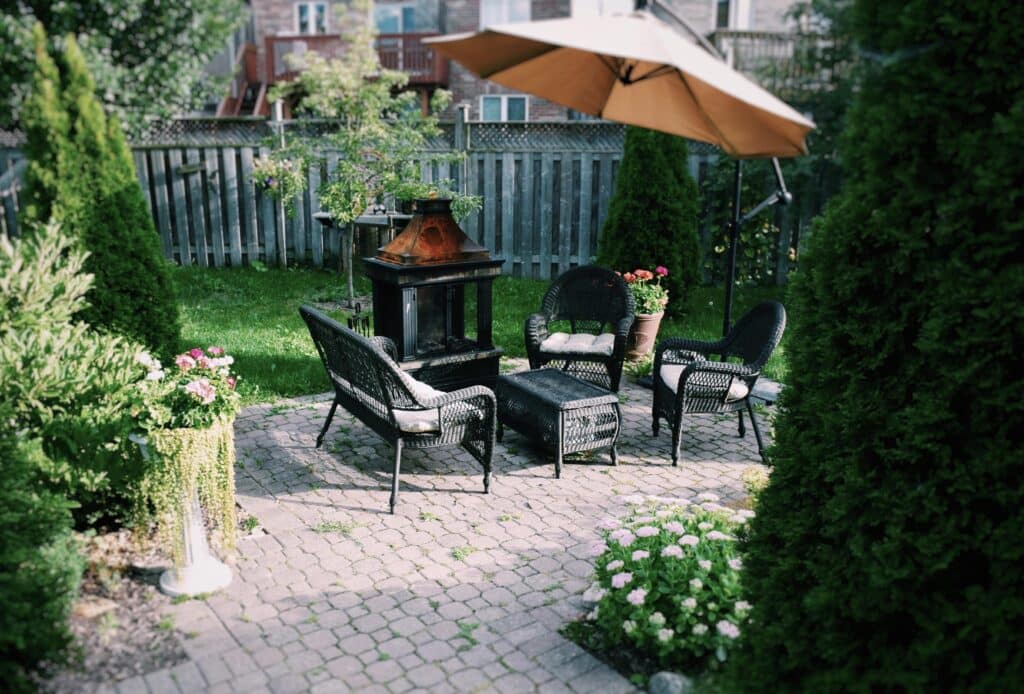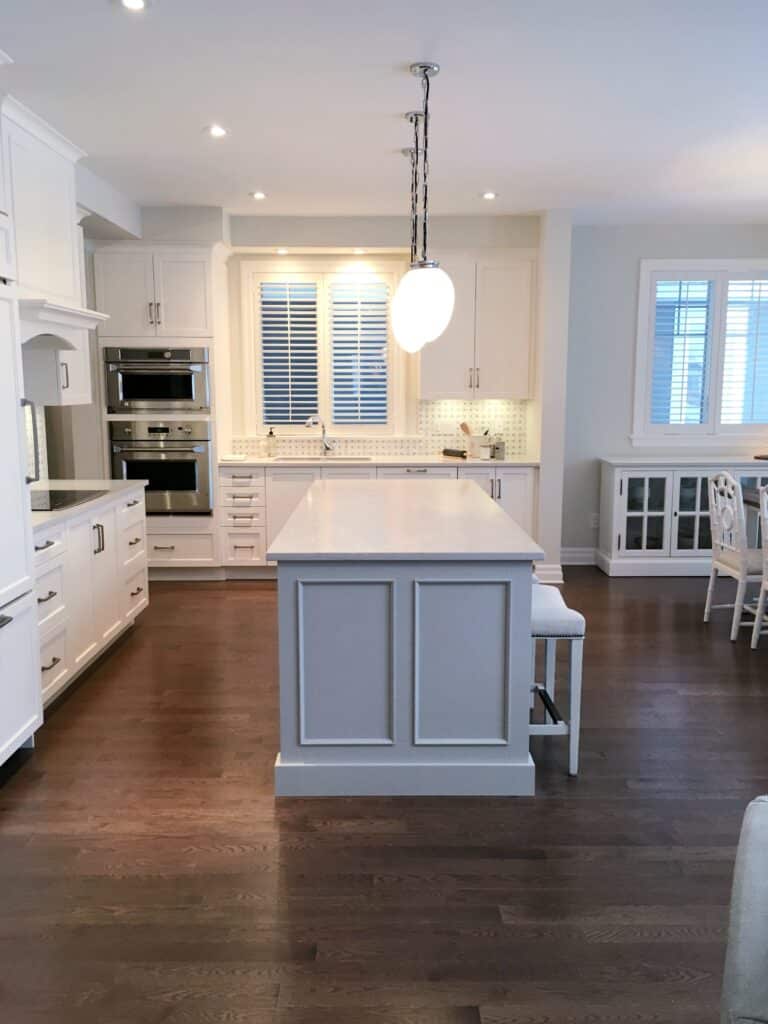Dealing with a roof leak is a homeowner’s nightmare. Even a minor leak, if ignored, can wreak havoc on your property and result in expensive repairs. Therefore, inspecting your attic regularly for indications of a roof leak is crucial. In this article, we’ll examine some of the typical signs of roof leak in attic and how you can prevent them from causing any damage.
What Causes Roof Leaks in Attics?
The reasons for roof leaks in the attic must be understood before we can proceed to identify their symptoms. Roof leaks can be caused by a variety of factors, including:
- Damaged or Missing Shingles: If your roof has damaged or missing shingles, water can seep through and cause leaks.
- Clogged Gutters: If your gutters are clogged, water will back onto your roof, creating leaks.
- Flashing Issues: Flashing is the metal or plastic strips that are used to seal joints and gaps in your roof. If your flashing is damaged, water can seep through and cause leaks.
- Ice Dams: When snow and ice build-up on your roof, they can block water from draining away. This can cause water to seep under your shingles and into your attic.
- Poor Ventilation: Poor ventilation in your attic can cause condensation to form, leading to moisture buildup and eventually leaks.
Signs that your roof is leaking in the attic
Now that you know what causes roof leaks in attics, let’s look at some of the most common signs that you leak into your attic.
- Water Stains: One of the most obvious signs of a roof leak in your attic is water stains on the ceiling or walls. These stains may appear brown, yellow, or gray, indicating a leak.
- Mold or Mildew: The presence of mold or mildew in your attic may indicate a leak causing the extra moisture.
- Musty Odor: A musty odor in your attic can be a sign of mold growth or excess moisture, which a roof leak can cause.
- Dripping Water: If you hear dripping water in your attic, this is a sure sign of a roof leak.
- Warped or Damaged Wood: If the wood in your attic is warped or damaged, this can be a sign of excess moisture, which a leak can cause.
- Peeling Paint or Wallpaper: Peeling paint or wallpaper can indicate moisture damage, which a roof leak can cause.
How to Prevent Roof Leaks in Your Attic
Preventing roof leaks in your attic is key to avoiding costly repairs and damage to your home. Here are some tips to help prevent roof leaks in your attic:
- Regular Roof Inspections: If you check your roof regularly, you can catch problems early on before they become major headaches.
- Maintain Clean Gutters: Water pooling in your gutters can seep through your roof if you don’t clean them regularly.
- Repair Damaged Shingles: If you have damaged or missing shingles, repair or replace them as soon as possible.
- Maintain Your Flashing: Ensure your flashing is in good condition and repair any damage promptly.
- Proper Ventilation: Proper ventilation in your attic is important to prevent condensation and moisture buildup. Ensure your attic has proper vents and is not blocked or damaged.
- Insulate Your Attic: Properly insulating your attic can help regulate the temperature and prevent excess moisture buildup.
- Address Ice Dams: If you live in a cold climate and experience ice dams, make sure to remove them promptly to prevent water from seeping into your roof and attic.
What to Do If You Find a Roof Leak in Your Attic
If you find a roof leak in your attic, it’s important to take immediate action to prevent further damage to your home. Here are some steps you can take:
- Identify the Source: Locate the source of the leak and mark the area so that you can find it easily later.
- Move Belongings: If you have any belongings in your attic, move them away from the leak area to prevent damage.
- Mitigate Damage: If there is any standing water, use a wet/dry vacuum to remove it. You can also use towels or a mop to soak up any excess water.
- Call a Professional: A roofing contractor should be contacted immediately so that harm can be assessed and repairs can be made. They can also assist in diagnosing any underlying problems that may have resulted in the spill.
Conclusion
In conclusion, a roof leak in your attic can be a serious problem that requires immediate attention. Regular inspections and maintenance can help prevent leaks from occurring, but if you do find a leak, it’s important to take prompt action to prevent further damage. Knowing the signs of a roof leak in your attic and taking preventative measures can help protect your home and avoid costly repairs.
Visit us at www.homeremodelingscontractors.com and request a quote to get started.
FAQS
What symptoms indicate a roof leak in the attic?
Some common signs of a roof leak in the attic include water stains or discoloration on the ceiling or walls, damp insulation, mold or mildew growth, and a musty odor.
Can roof leaks in the attic cause mold growth?
Yes, if left untreated, roof leaks in the attic can lead to mold growth due to the moisture that accumulates in the space.
How do I know if the roof leak in my attic is due to a damaged roof?
You can check for damaged or missing shingles, cracks in the roof, or gaps around the flashing or chimney to determine if a damaged roof causes the leak.
Can I fix a roof leak in the attic myself?
Fixing a roof leak in the attic yourself is not recommended unless you have roofing repair experience. It’s best to hire a professional roofer to ensure that the repair is done correctly and safely.
Can a roof leak in the attic lead to electrical problems?
Yes, if the water from the leak comes into contact with electrical wiring or fixtures, it can cause a short circuit or even a fire.
What do I do if I find a leak in my roof in my attic?
If you notice a roof leak in your attic, you should contact a professional roofer to inspect the damage and make repairs as soon as possible.
Can roof leaks in the attic cause structural damage?
Yes, if left untreated, roof leaks in the attic can lead to structural damage, including weakened support beams or even collapse.
How can I prevent roof leaks in the attic?
Regular roof maintenance, such as cleaning gutters and inspecting the roof for damage, can help prevent roof leaks in the attic.
Can homeowners’ insurance cover a roof leak in the attic?
It depends on the cause of the leak and the specific terms of your homeowners’ insurance policy. Most policies generally cover sudden and accidental damage but not damage caused by wear and tear or neglect.
How often should I have someone check my roof for possible leaks?
It is recommended to have your roof inspected at least once a year and after any severe weather events to catch potential leaks early and prevent costly damage.
